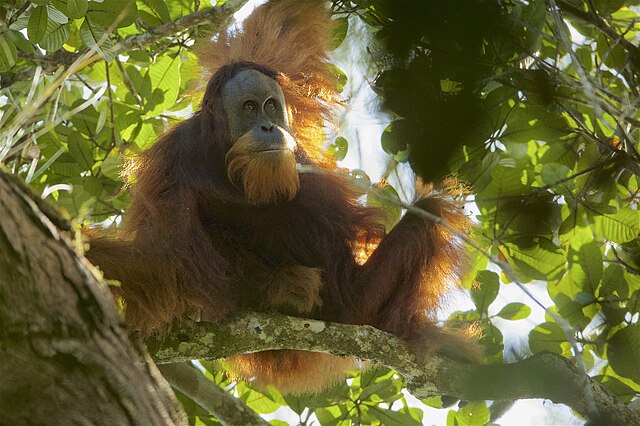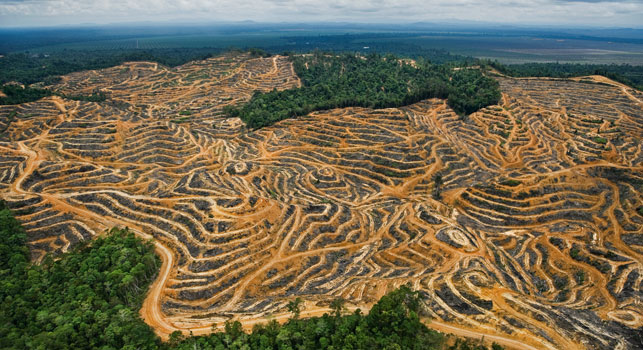 A newly discovered orangutan species is once again bringing to light the risks these animals face.
A newly discovered orangutan species is once again bringing to light the risks these animals face.
The Pongo tapanuliensis, or Tapanuli orangutan, was originally discovered in 1997. But it has taken 20 years to prove that they are a distinct species!
The Tapanuli orangutan is part of the Great Ape family, which consists of eastern and western gorillas, bonobos, chimpanzees, and three types of orangutans.
With a population of a mere 800, the Tapanuli orangutans are not only the rarest among the Great Ape family but also one of the most endangered.
A Major Discovery
In 2013, researchers examined the skeleton and genomes of an orangutan that was killed by the local people.
They discovered that the Tapanuli orangutan species separated from the Sumatran orangutans around 10,000 to 20,000 years ago, and from the Bornean orangutans less than 700,000 years ago. Even though the discovery is based on one sample, researchers point out that many such important findings in the past have also been made from just one specimen.
Despite this ‘new’ discovery, orangutans have been present for at least 3 million years! They are clearly distinguishable in the ape family by their reddish-brown hair and are the only completely arboreal animals, living only on trees.
The differences among the three orangutan species include skull size (Tapanuli orangutans have smaller skulls), jaw and teeth size, the presence of beards in female orangutans, diet as well as the lengths of their roars.
Threats Faced
 Although native to the vast continent of Asia, orangutans reside exclusively in Indonesia and Malaysia.
Although native to the vast continent of Asia, orangutans reside exclusively in Indonesia and Malaysia.
Tapanuli orangutans live in a region of high elevation in the forests of Sumatra. All three species of orangutans are endangered – the Sumatran orangutan has a population of 7,500 while the Bornean orangutan has a population of 104,700.
Habitat loss is one of the biggest threats to their population with 80% of an orangutan’s habitat lost in the last 20 years. The land is most often used for palm oil plantations. Palm oil is a widely used ingredient in 50% of packaged products we use (both foods and non-foods). Other threats include being hunted for food, and the illegal capture and trading of young orangutans for use as pets.
Since orangutans have a very slow reproductive rate – once every six to eight years, some worry that they may be extinct in as little as 10 years. However, organizations like the World Wildlife Fund have been making efforts to save the orangutans since the 1970s and assisting in their rescue and rehabilitation.







